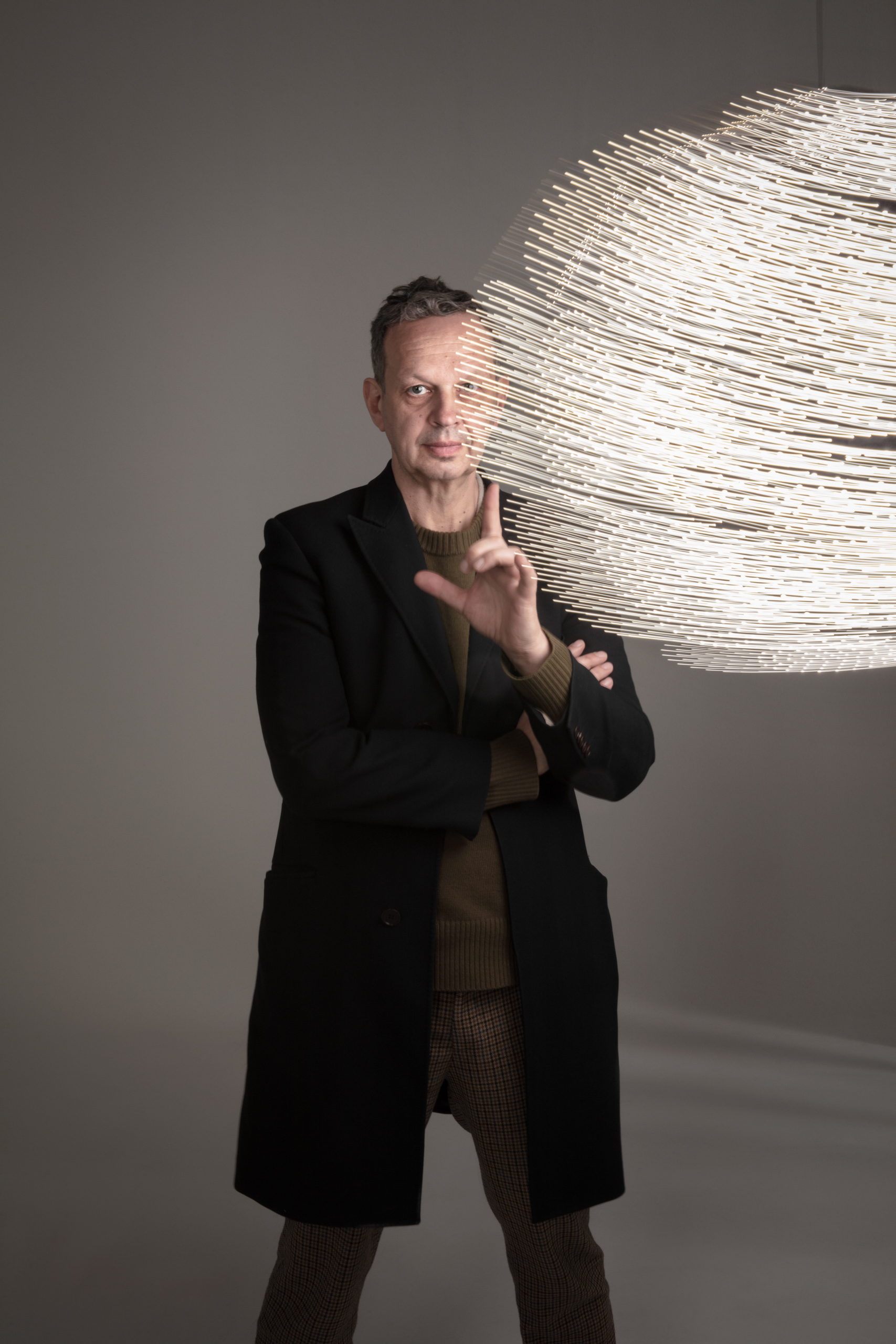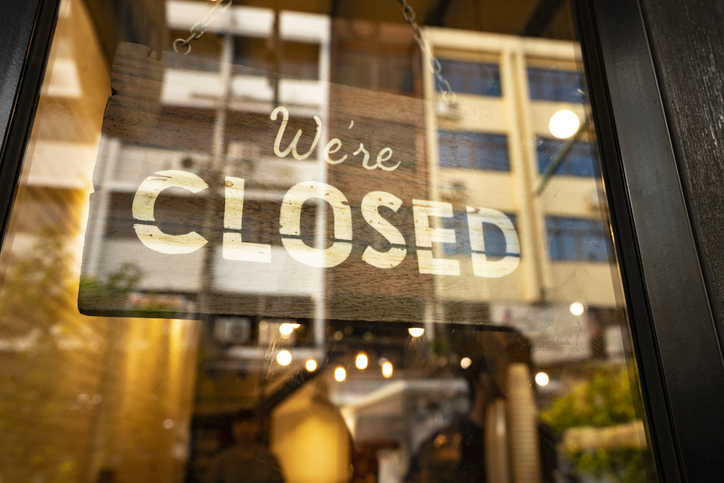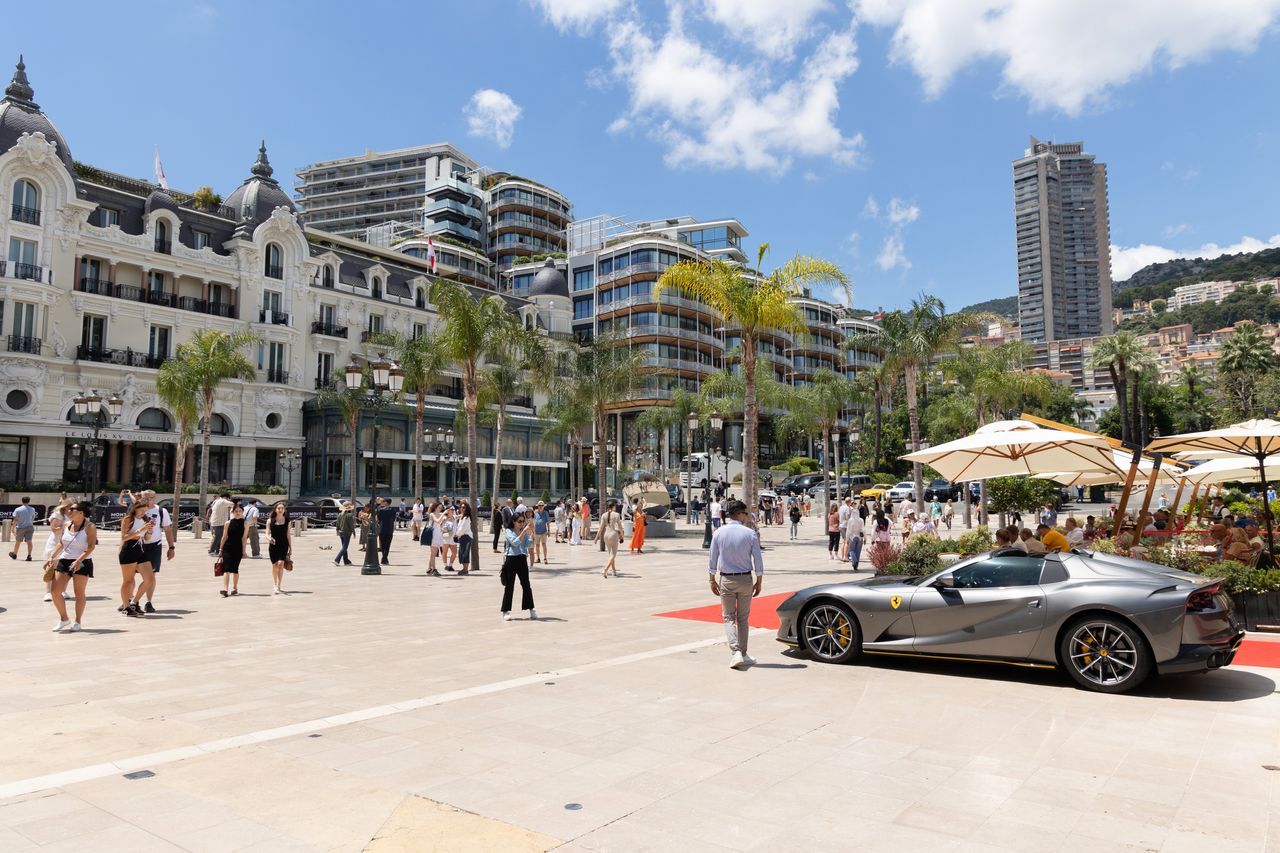The UK design company Australians love is ‘no longer a teenager’
Tom Dixon reflects on 20 years at the helm of his eponymous brand and why he has the best job for poking his nose in other people’s business
It might have been the jet lag talking, or perhaps it’s just evidence of his legendary laconic style but Tom Dixon’s view on the role of the designer is unorthodox, to say the least.
“Design is a great profession for the easily bored and the curious,” Tom Dixon commented.
Sitting down last week ahead of an event at Sydney’s Quay Quarter Tower created to celebrate 20 years of his company, Tom Dixon was reflecting on what could best be described as a meandering career.
Untrained, self taught and continually interested in the new possibilities of untried materials and their applications, Dixon’s career has been one of following his interests wherever they might take him, whether that is music, management – or design.
Indeed, while he was enjoying finally being able to see the foyer and market hall he designed for Quay Quarter Tower after three years of COVID stopped him from visiting Australia, he remained unconvinced the birthday celebrations were necessary.
“I don’t really think about these things and it was slightly imposed on me,” he said. “I like looking forward if at all possible.
“Maybe that’s why I didn’t really want to do it – 20 sounds quite old – like I’m no longer a teenager.”
He certainly continues to bring a youthful attitude to his work. The one-time bass guitarist for early 80s band, Funkapolitan who dropped out of the Chelsea School of Art, Dixon almost fell into design after becoming fascinated by the possibilities of welding.
This progressed into furniture design, with his S chair for Cappellini in 1989 (now in the New York Museum of Modern Art), followed by his appointment as creative director of Habitat, the epitome of homeware style in the 1990s, where he sharpened his understanding of the commercial realities of design and promoted emerging designers.
By the time the new century arrived, Dixon was ready to branch out on his own, founding his business, Tom Dixon in 2002. The Design Research Studio – the architectural and interior branch of his business – began the following year.
More than 20 years on and he is credited with some of the most ubiquitous designs, including his BEAT range of lighting, as well as some of the coolest interior spaces in Europe, including Shoreditch House in London and Le Drugstore in Paris. In recent years, he has experimented with sustainable materials such as cork, mushroom-based products and latex, although he remains frustrated that the cost of manufacturing makes them less appealing to a commercial market.
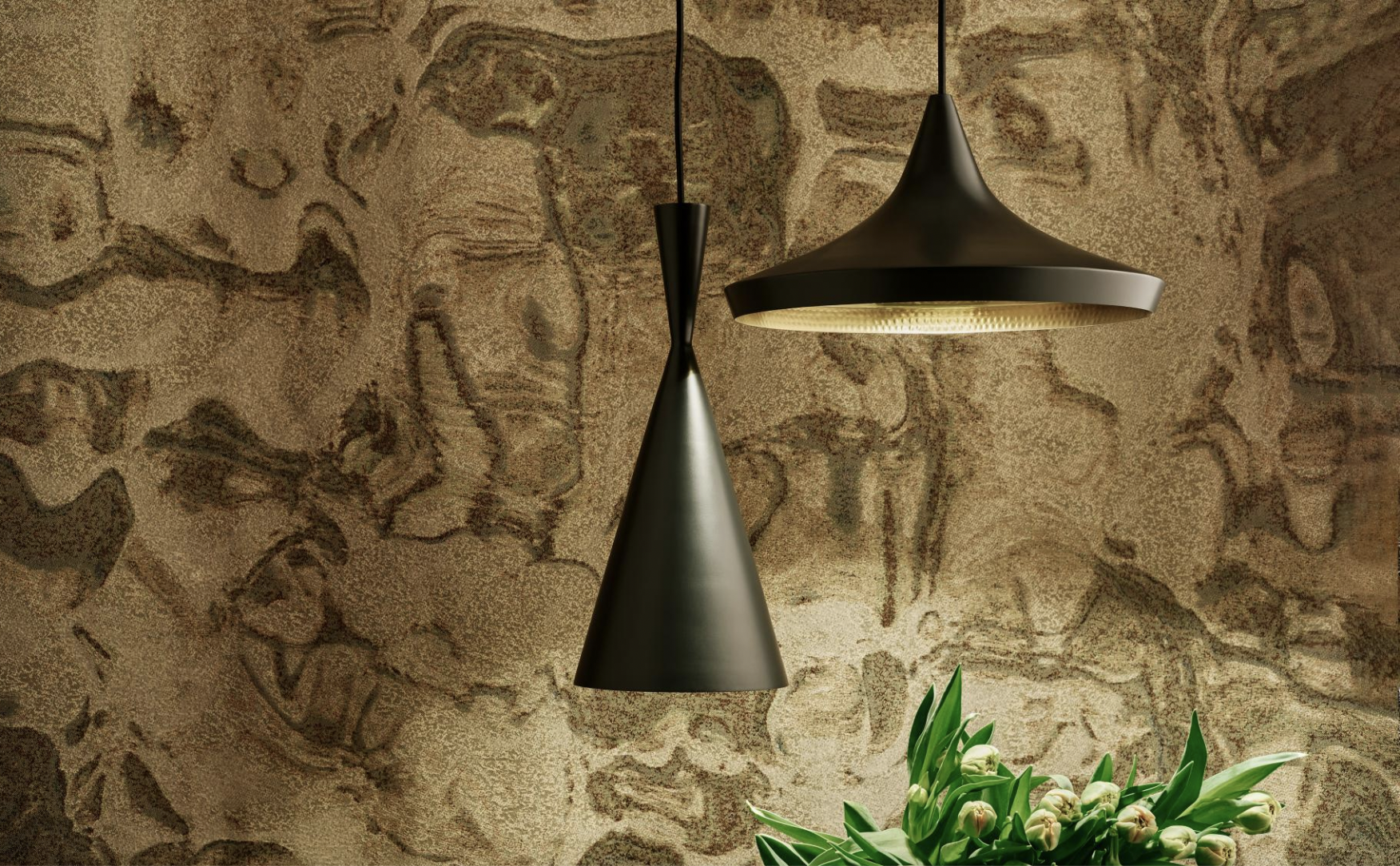
Perhaps unsurprisingly, he prefers not to be categorised.
“The big battle always is stopping yourself from being categorised or pigeon holed because effectively, everything is designed,” he said. “What has been nice here is, doing a corporate lobby doesn’t seem like a nice job, really but getting to see it now, that is the kind of design challenge we haven’t really had before.
“It’s nice to approach it with a naive perspective.”
Clearly, that sense of exploration is key to what still drives him. Dixon’s range of homewares for residential and commercial use extends from lounge chairs and coffee tables to carafes, candles and cables. Such is his reach, the Tom Dixon brand sells in 90 countries.
So, what is it that has resonated with buyers from Beijing to Bondi?
“I don’t know if it does resonate across other cultures,” Dixon said. “Maybe I’m exotic. I sell in Dakar and I sell in Casablanca. Maybe I’m exotic because I’m not part of that culture.”
However, when products do well across the varied markets, Dixon said they tend to have something in common.
“When the objects we make are successful, they tend to be legible in different ways. I call it ‘expressive minimalism’,” he said.
“Minimalism can mean you work all the visibility of the functions out of an object just to make a cube or something you can’t really define as a toaster or a car. If you are able to express the functions, you’ll be able to put it in a lot of different contexts I think.
“And the most successful is where some people will say ‘oh that’s very Art Deco’ and others will say ‘that’s very Space Age’ and somebody else will say ‘that’s quite futuristic’.
“Those objects tend to be the successful ones.”
His lighting ranges, which mostly recently has included the ‘Melt’ range seen in Sydney’s Bennelong Restaurant and the perforated ‘Etch Puff’, continues his fascination with lighting. Dixon continues to be inspired, it seems, by this evolving sphere of design.
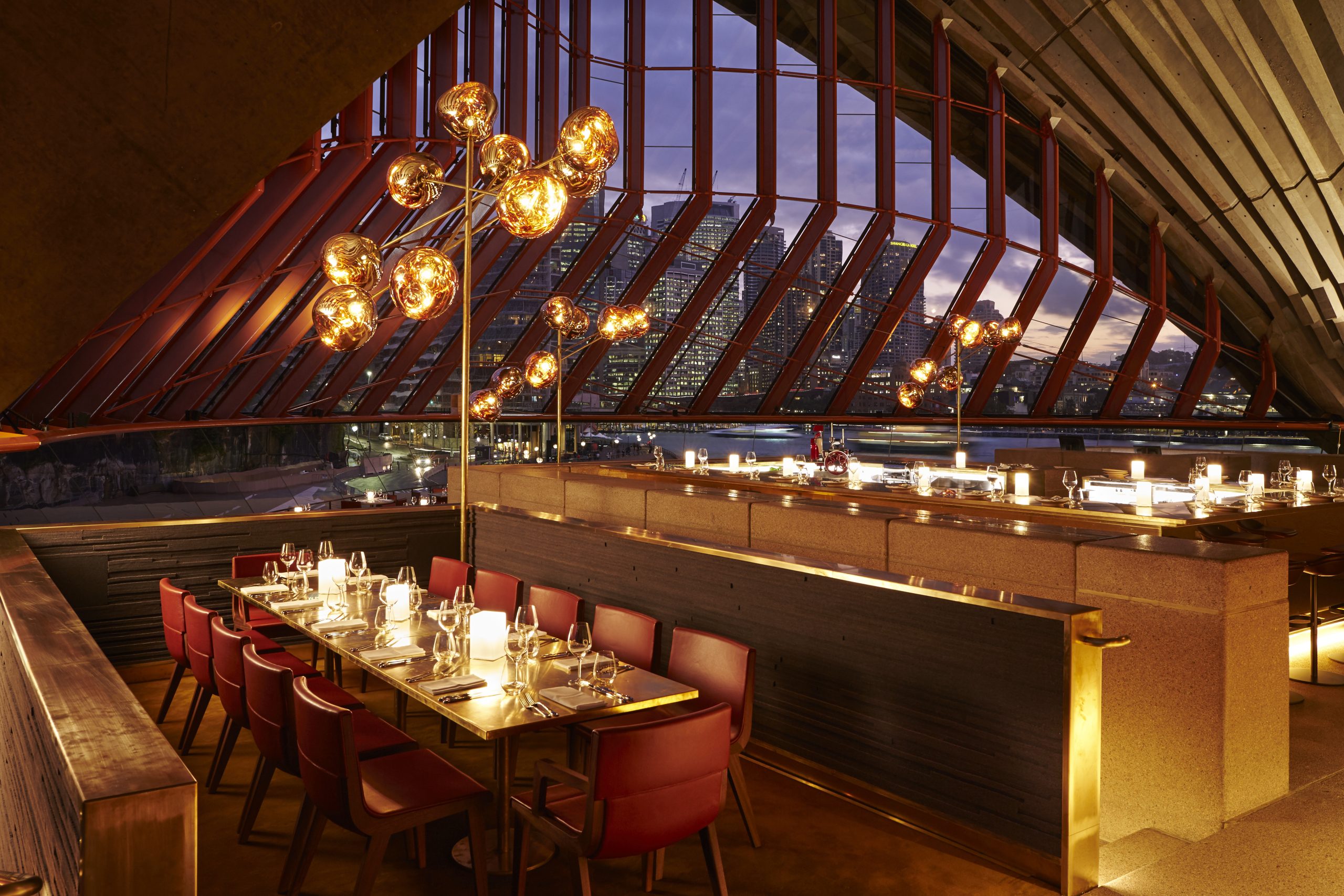
“It’s a category that is fascinating because it’s still in the middle of this huge revolution in technology – and you cannot say that about tables and chairs right now.
“You have to remember that 10 years ago, LEDs were an expensive and ugly light that nobody wanted.
“Lighting is still in the process of evolving. You can see it everywhere – the deconstructing of spaces with light. There is much more opportunity to be theatrical, much more opportunity to light things underneath or do washes or linear lighting.”
With so many options, the role of the lighting designer is even more important, he said.
“I was talking to Es Devlin,” Dixon said. “She’s the UK’s leading lighting designer for installations and rock shows. I asked her ‘what’s your tip for lighting’ and she said ‘turn it all off, have one candle’.”
It’s the notion of reducing complex problems into a simple, beautiful expression that comes through in Dixon’s work. Although, he has another take on the role of design.
“It’s a great profession for poking your nose into other people’s business.”
Tom Dixon’s collection is available in Australia through Living Edge.
This stylish family home combines a classic palette and finishes with a flexible floorplan
Just 55 minutes from Sydney, make this your creative getaway located in the majestic Hawkesbury region.
As Paris makes its final preparations for the Olympic games, its residents are busy with their own—packing their suitcases, confirming their reservations, and getting out of town.
Worried about the hordes of crowds and overall chaos the Olympics could bring, Parisians are fleeing the city in droves and inundating resort cities around the country. Hotels and holiday rentals in some of France’s most popular vacation destinations—from the French Riviera in the south to the beaches of Normandy in the north—say they are expecting massive crowds this year in advance of the Olympics. The games will run from July 26-Aug. 1.
“It’s already a major holiday season for us, and beyond that, we have the Olympics,” says Stéphane Personeni, general manager of the Lily of the Valley hotel in Saint Tropez. “People began booking early this year.”
Personeni’s hotel typically has no issues filling its rooms each summer—by May of each year, the luxury hotel typically finds itself completely booked out for the months of July and August. But this year, the 53-room hotel began filling up for summer reservations in February.
“We told our regular guests that everything—hotels, apartments, villas—are going to be hard to find this summer,” Personeni says. His neighbours around Saint Tropez say they’re similarly booked up.
As of March, the online marketplace Gens de Confiance (“Trusted People”), saw a 50% increase in reservations from Parisians seeking vacation rentals outside the capital during the Olympics.
Already, August is a popular vacation time for the French. With a minimum of five weeks of vacation mandated by law, many decide to take the entire month off, renting out villas in beachside destinations for longer periods.
But beyond the typical August travel, the Olympics are having a real impact, says Bertille Marchal, a spokesperson for Gens de Confiance.
“We’ve seen nearly three times more reservations for the dates of the Olympics than the following two weeks,” Marchal says. “The increase is definitely linked to the Olympic Games.”

Getty Images
According to the site, the most sought-out vacation destinations are Morbihan and Loire-Atlantique, a seaside region in the northwest; le Var, a coastal area within the southeast of France along the Côte d’Azur; and the island of Corsica in the Mediterranean.
Meanwhile, the Olympics haven’t necessarily been a boon to foreign tourism in the country. Many tourists who might have otherwise come to France are avoiding it this year in favour of other European capitals. In Paris, demand for stays at high-end hotels has collapsed, with bookings down 50% in July compared to last year, according to UMIH Prestige, which represents hotels charging at least €800 ($865) a night for rooms.
Earlier this year, high-end restaurants and concierges said the Olympics might even be an opportunity to score a hard-get-seat at the city’s fine dining.
In the Occitanie region in southwest France, the overall number of reservations this summer hasn’t changed much from last year, says Vincent Gare, president of the regional tourism committee there.
“But looking further at the numbers, we do see an increase in the clientele coming from the Paris region,” Gare told Le Figaro, noting that the increase in reservations has fallen directly on the dates of the Olympic games.
Michel Barré, a retiree living in Paris’s Le Marais neighbourhood, is one of those opting for the beach rather than the opening ceremony. In January, he booked a stay in Normandy for two weeks.
“Even though it’s a major European capital, Paris is still a small city—it’s a massive effort to host all of these events,” Barré says. “The Olympics are going to be a mess.”
More than anything, he just wants some calm after an event-filled summer in Paris, which just before the Olympics experienced the drama of a snap election called by Macron.
“It’s been a hectic summer here,” he says.

AFP via Getty Images
Parisians—Barré included—feel that the city, by over-catering to its tourists, is driving out many residents.
Parts of the Seine—usually one of the most popular summertime hangout spots —have been closed off for weeks as the city installs bleachers and Olympics signage. In certain neighbourhoods, residents will need to scan a QR code with police to access their own apartments. And from the Olympics to Sept. 8, Paris is nearly doubling the price of transit tickets from €2.15 to €4 per ride.
The city’s clear willingness to capitalise on its tourists has motivated some residents to do the same. In March, the number of active Airbnb listings in Paris reached an all-time high as hosts rushed to list their apartments. Listings grew 40% from the same time last year, according to the company.
With their regular clients taking off, Parisian restaurants and merchants are complaining that business is down.
“Are there any Parisians left in Paris?” Alaine Fontaine, president of the restaurant industry association, told the radio station Franceinfo on Sunday. “For the last three weeks, there haven’t been any here.”
Still, for all the talk of those leaving, there are plenty who have decided to stick around.
Jay Swanson, an American expat and YouTuber, can’t imagine leaving during the Olympics—he secured his tickets to see ping pong and volleyball last year. He’s also less concerned about the crowds and road closures than others, having just put together a series of videos explaining how to navigate Paris during the games.
“It’s been 100 years since the Games came to Paris; when else will we get a chance to host the world like this?” Swanson says. “So many Parisians are leaving and tourism is down, so not only will it be quiet but the only people left will be here for a party.”
This stylish family home combines a classic palette and finishes with a flexible floorplan
Just 55 minutes from Sydney, make this your creative getaway located in the majestic Hawkesbury region.









